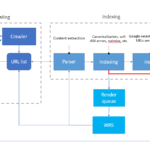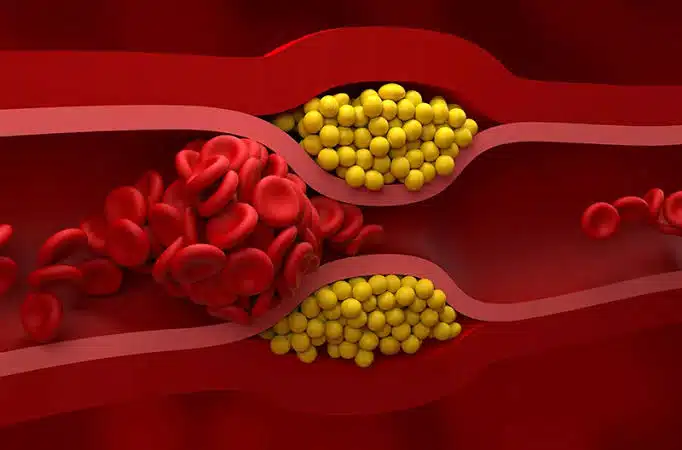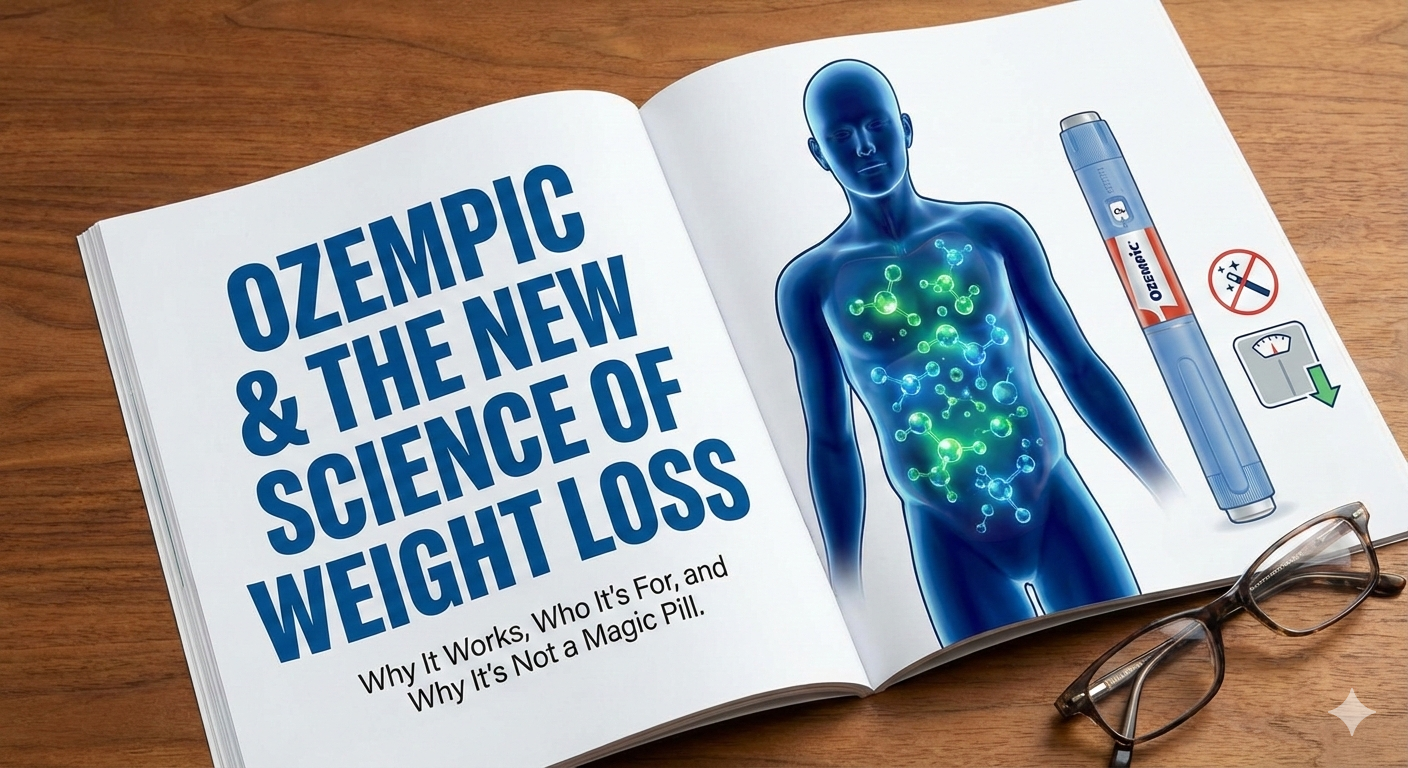Losing Weight but LDL Went Up? Don’t Panic!
By Supreet Kaur, Fittr Coach
#FittrCoach #LDLexplained #FatLossScience
Introduction
It’s a common scenario:
You begin your weight loss journey with enthusiasm, the scale starts moving in the right direction, clothes fit better — but then you get your blood test back, and LDL cholesterol is higher than before.
Understandably, this triggers concern.
But don’t panic — there’s a scientific explanation behind this, and it may not be as alarming as it seems.
Let’s break it down.
What Is LDL Cholesterol?
LDL vs. HDL: The Basics
- LDL (Low-Density Lipoprotein) is often labeled as “bad” cholesterol because elevated levels are associated with increased risk of cardiovascular disease.
- HDL (High-Density Lipoprotein) is considered “good” cholesterol because it helps remove LDL from the bloodstream.
However, not all LDL is equally harmful — especially when seen temporarily elevated during weight loss.
Why Does LDL Sometimes Increase During Weight Loss?
The Role of the Liver During Fat Loss
When you enter a calorie deficit, your body begins to mobilize stored fat (triglycerides) from adipose tissue to use as energy. These triglycerides are broken down and sent to the liver, where they are packaged into lipoproteins, including LDL and VLDL, for transportation through the bloodstream.
This temporary process can lead to:
- A rise in LDL cholesterol in blood reports
- A transient shift in lipid markers, which may look abnormal but are often harmless in context
👉 This is not necessarily a sign of disease — rather, a metabolic response to fat mobilization.
What Does Research Say?
Several studies confirm this effect:
- A 2009 study in the Journal of Clinical Lipidology found that LDL cholesterol can transiently rise in individuals undergoing rapid fat loss, especially when body fat stores are significantly reduced.
- The Framingham Heart Study noted that long-term weight loss is associated with improved HDL and triglyceride levels, even if LDL levels fluctuate initially.
Key Insight: Short-term fluctuations in LDL are often corrected once a new homeostasis is achieved — usually during maintenance phase or after stabilizing weight loss.
What Should You Monitor Instead?
Focus on These Health Markers:
✅ Triglycerides
✅ VLDL (Very Low-Density Lipoprotein)
✅ HDL levels
✅ Total cholesterol/HDL ratio
✅ LDL particle size (if advanced lipid panel is done)
If your VLDL and triglycerides are improving, and HDL is stable or increasing, you’re likely moving in the right direction metabolically — even if LDL ticks up temporarily.
How to Respond to an Elevated LDL During Fat Loss
Practical Tips:
- Don’t Abruptly Stop Your Fat Loss Journey
If you’re seeing weight loss, fat loss, and improved energy — don’t let one marker derail your journey. - Re-test After Stabilization
Wait for 8–12 weeks after reaching your goal or entering maintenance before retesting lipid profiles. - Improve Quality of Fat in Diet
- Replace saturated fats with unsaturated fats (olive oil, nuts, fatty fish).
- Increase fiber (especially soluble fiber like oats, chia seeds, flax).
- Stay Consistent with Exercise
- Aerobic exercise improves lipid profile.
- Resistance training builds lean mass, aiding in fat loss and metabolic health.
- Hydration & Sleep
Poor sleep or dehydration can also skew test results — aim for 7–8 hours of sleep and adequate fluid intake.
When to Worry?
🔴 If LDL remains high even after:
- Reaching your ideal weight
- Entering maintenance
- Improving diet quality
…Then, it’s worth consulting a healthcare professional.
You might need an advanced lipid panel or check for underlying genetic factors like familial hypercholesterolemia.
Final Thoughts
LDL rise during weight loss isn’t uncommon — and in most cases, it’s temporary.
💡 Think of it as part of your body’s adaptation to fat loss.
With continued consistency, clean nutrition, and patience, your markers will stabilize and improve over time.
✅ Keep tracking
✅ Keep training
✅ Keep trusting the process
📌 TL;DR Summary
- LDL can temporarily rise during weight loss — this is due to fat mobilization.
- Monitor VLDL, triglycerides, and HDL — not just LDL.
- Results usually stabilize post weight loss.
- Consult your doctor only if LDL stays high despite sustained healthy habits.
About the Author
Supreet Kaur – Fittr Coach
Certified Nutrition & Fitness Consultant | Fat Loss Specialist | Lifestyle Educator
Empowering clients with evidence-based nutrition and sustainable habits.
Connect on Instagram @coachsupreet.fittr









